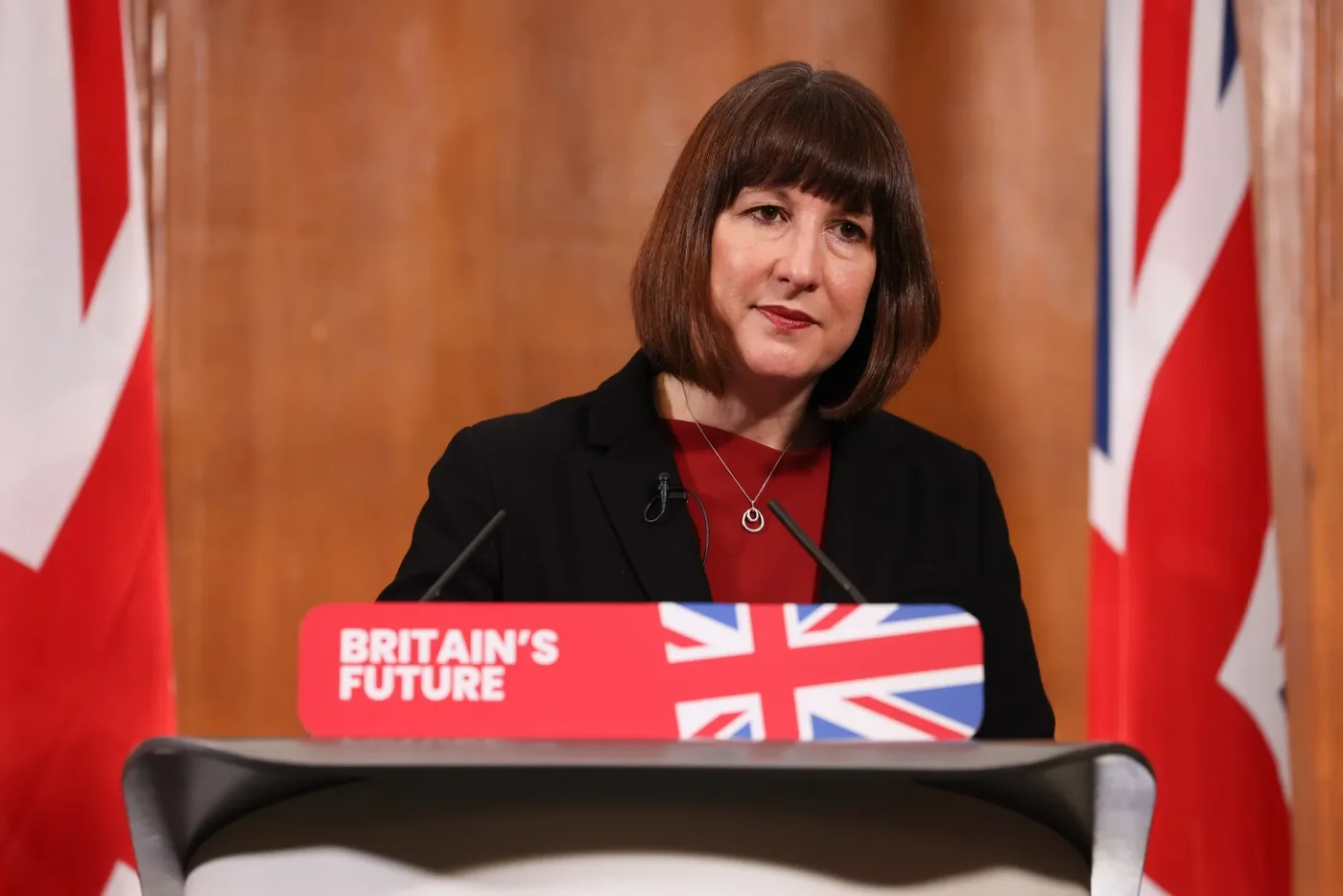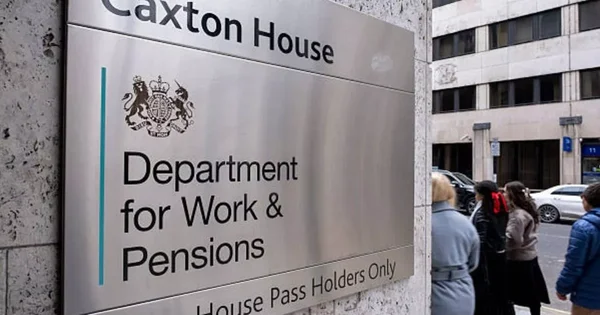Labour raises employer National Insurance despite relief measures
Chancellor Rachel Reeves used the Autumn Budget 2024 to announce a major rise in employer National Insurance (NI) contributions, in one of Labour’s most significant tax measures since coming to power. From 6 April 2025, the employer NI rate will increase from 13.8% to 15%, while the secondary threshold the level at which contributions become payable will fall sharply from £9,100 to £5,000 per year.
These changes will substantially increase payroll costs for many businesses, particularly in labour-intensive industries such as retail, hospitality, and social care. To soften the impact, the government will double the Employment Allowance to £10,500 and remove the previous £100,000 eligibility cap, allowing all eligible employers to claim it.
The measures are designed to raise billions for public services, but they also pose challenges for businesses already grappling with wage pressures, inflation, and slowing demand.
Key Budget Measures
Labour’s changes represent a clear shift in employer contributions:
- Employer NI rate rises by 1.2 percentage points, to 15%.
- Secondary threshold cut from £9,100 to £5,000 annually, effective 6 April 2025–5 April 2028, after which it will rise with inflation.
- Employment Allowance doubled to £10,500, with eligibility widened by scrapping the £100,000 NICs liability cap.
This combination of higher costs and increased allowances will affect businesses unevenly across the economy.
Business Impacts
- Around 250,000 employers will see lower NI bills due to the expanded allowance.
- About 940,000 businesses will face higher costs.
- Some 820,000 employers will see little or no change.
Labour-intensive industries particularly hospitality, retail, and care are expected to be hardest hit. Trade bodies have warned that higher costs may result in staff cuts, reduced overtime, or price rises.
Government’s Balancing Act
The Treasury argues that the rise in employer NI is vital to fund public services such as the NHS and social care. By broadening the Employment Allowance, the government aims to protect small and medium-sized businesses from the brunt of the increase.
Reeves framed the reforms as a redistribution of tax burdens
“These measures ensure that those with the broadest shoulders contribute more, while small employers and entrepreneurs continue to receive targeted support.”

Reactions from Businesses and Experts
- Hospitality and retail groups have called the rise a “bitter blow” for sectors already under strain.
- Some larger employers are considering salary sacrifice schemes (such as pensions contributions) to limit NI liabilities.
- Economists warn that increased employment costs could dampen job creation and wage growth.
Contrast with Previous Speculation
Prior to the Budget, speculation suggested Labour might explore NI reductions to incentivise hiring, particularly for those returning to work after long unemployment. In practice, the government has gone in the opposite direction, prioritising revenue generation over tax cuts.
Long-Term Outlook
The reforms will:
- Raise significant funds for public services.
- Increase labour costs for many firms.
- Offer relief to small employers through the doubled allowance.
The long-term effects will depend on how businesses adapt. Some may absorb costs, others may raise prices, and some could reduce headcount. Policymakers will closely watch employment data to ensure the changes do not undermine Labour’s broader economic growth goals.

Final Summary
NI rise offset by small business relief
The Autumn Budget 2024 represents a decisive shift in employer taxation. Raising the NI rate to 15% and cutting the threshold to £5,000 will increase costs for most employers, but Labour has paired the hike with a doubling of the Employment Allowance to protect smaller firms.
While the measures are projected to raise billions for public services, they also risk squeezing businesses at a delicate economic moment. Sectors reliant on lower-paid workers will feel the greatest pressure, and some companies may cut jobs or raise prices as a result. By widening relief through the Employment Allowance, the government hopes to balance fairness with fiscal necessity. The coming years will reveal whether this approach successfully delivers sustainable revenues without stifling growth or employment.









